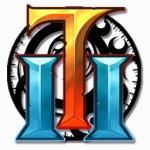
Torchlight 2 review
In 2009, an independent game by the name of Torchlight hit digital PC game stores everywhere. It was decidedly a success, with many ARPG fans considering it the cream of the crop. Or at least, it would have been, save for one little problem: it never had multiplayer. After about 3 years and countless delays later, Torchlight 2 has finally arrived, but is it worth the wait?
As you might expect, Torchlight 2 plays very much like the first game, which itself played very much like Diablo 2. Honestly, in terms of gameplay, Torchlight 2 feels more like a sequel to Diablo 2 than Diablo 3 did. Don’t worry, that’s a good thing. If you’ve played any computer ARPG, you already know how to play Torchlight 2 – point and click to move, click to attack, and use various abilities, spells and potions via the fully customizable hotbar. We’ll delve into the notable differences that set Torchlight 2 apart a little later.
The entirety of the original game took place in the eponymous town of Torchlight and the mines underneath; Torchlight 2 doesn’t even have said town in it, so it’s a sequel in plot only. One of the playable characters from the original game, the Alchemist, goes nuts for no explicable reason, and you follow his trail of destruction in an effort to find out why and put a stop to his reign of terror. You go through a sort of forresty area, a desert, and a swampy area, along with various caverns and dungeons, on your way to find the Alchemist. Is any of this sounding familiar? Yes, the story is very much “inspired” by Diablo 2, but if you know me by now, it’s not the story I care about.
Torchlight 2’s gameplay feels like any other ARPG at first, but after spending time with it, it becomes apparent that it’s possibly the most refined ARPG ever released. Runic wasn’t worried about innovating with Torchlight 2 (like Blizzard was with Diablo 3), but rather refining the genre to a polished, sparkly shine, and shine it does.
Let’s start with the unique elements carried over from Torchlight 1 – you still have a pet whom you can send to town and sell your items, you can still press the Tab key to swap between right-click abilities, and you’ll still gain skill points from building up fame, a separate XP counter exclusive to champion and boss enemies as well as completing quests. A new feature of your pets is that it can now go to the store and pick up commonly used consumable items, such as potions and scrolls, and bring them back to you. You can even sell items and have your pet bring you potions in one trip.
There are 4 new classes in Torchlight 2 for you to play as, but you can’t play as the original classes for story purposes. Now available to you are the barbarian-esque Berserker, the gunslinging Outlander, the heavy weapon tank Engineer, and the requisite spellcasting Embermage. Each class has a unique feel, attributed mostly by their different skills. Unlike the first game, which had some skills available to all classes, all of the classes in Torchlight 2 have their own skills, and believe me when I say that Runic has somehow found a way to make each and every one of them unique.
New to Torchlight 2 are skill milestones – every 5 points you spend in a skill grants you a bonus as an incentive for spending more than 1 or 2 points in a skill. They’re not all worth investing more than 1 point in, but the majority are, and that’s impressive. All of the game’s classes also have their own charge meters, which fill by dealing damage to enemies, however they all have their own unique bonuses. For example, once the Embermage’s charge meter fills, she gets to use any spell or skill without spending mana for a period of time. It adds a bit of pacing to the combat that was certainly needed, and helps make the gameplay a bit more refreshing overall.
Torchlight 2 manages to solve a few problems the genre has been plagued with in the past. For starters, the game is much longer than others like it. I’d wager Torchlight 2 is at least twice as long as Diablo 2 if not more, and it’s not because of padding. There are lots of quests for you to do, and the randomly generated overworlds and dungeons are much larger and rich with content than any other ARPG I’ve played. Perhaps the biggest problem with ARPGs, to me, as that once you’ve completed the game, there’s not much to do unless you just want to play the game over again on a harder difficulty. Don’t worry, you still have that option in Torchlight 2, as well as the oft requested but rarely delivered option of being able to start from whatever difficulty level you want without having to unlock them first. But once you’ve finished Torchlight 2, you can purchase maps that send you to randomized dungeons, each with their own caveats such as increased item drops or a certain theme of monsters.
And, of course, Torchlight 2 has a multiplayer mode. Whether online or via LAN, you can play the game in its entirety with up to 5 friends, with the difficulty increasing as more players join. It can get pretty hectic the more people you play with, but provided you can tell what you’re doing, the action is fairly high octane. There’s no PVP, but personally, that’s not a big deal, I’ve always preferred playing with my friends than against them. The only downside is that if you want to play online, you have to make a Runic account. You can sync it with your Steam account (in fact, you have to if you get the game on Steam), but your friends list from Steam isn’t imported or even integrated with Steam at all. When all is said and done, it’s still much more manageable and non-intrusive than legitimate atrocities like Games For Windows Live.
Perhaps Torchlight 2’s biggest accomplishment is that despite the genre’s inevitable repetitive gameplay, I was somehow never bored playing Torchlight 2. In fact, I’ve had more fun playing Torchlight 2 than I have any other ARPG I can think of. Sure it’s a bit flawed – the graphics leave a bit to be desired, the story and settings are a bit generic, and respec-ing your character is more expensive than it should be, discouraging skill experimentation – but it’s the most well-designed ARPG I’ve seen, and the time Runic took to make it as good as it could be has clearly paid off. It’s not a masterpiece, but it is without a doubt the epitome of its genre.
5 out of 5
Categories: Reviews
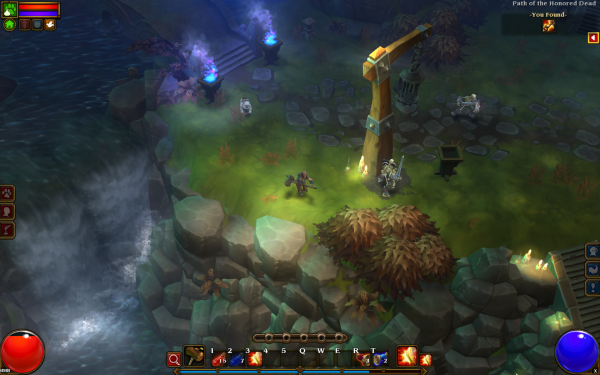
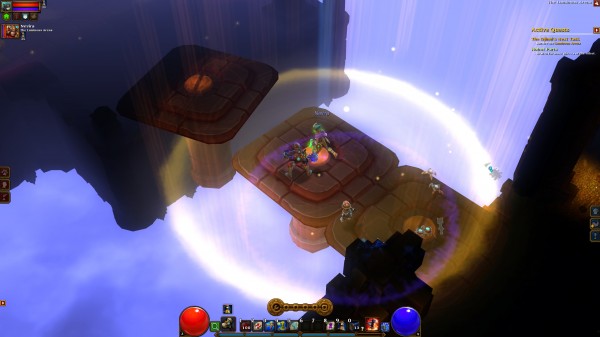
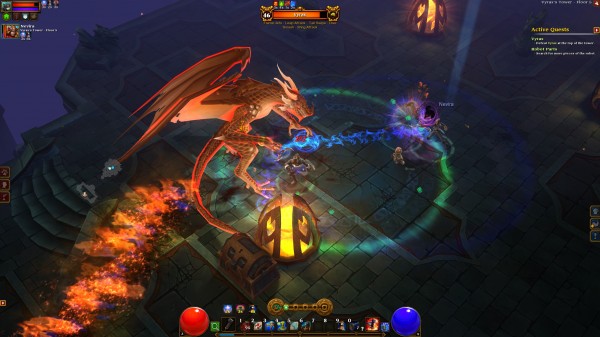
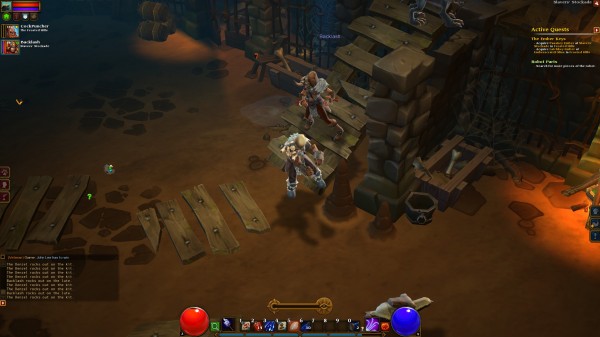
0 Comments
This post has been left all alone with no comments. Don't leave it lonesome - give it some company with a comment.